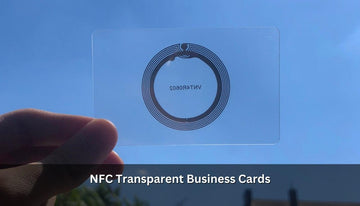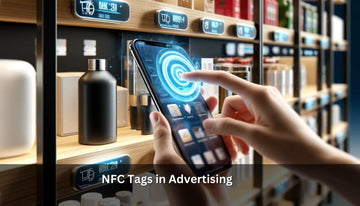Smart City NFC & QR Codes
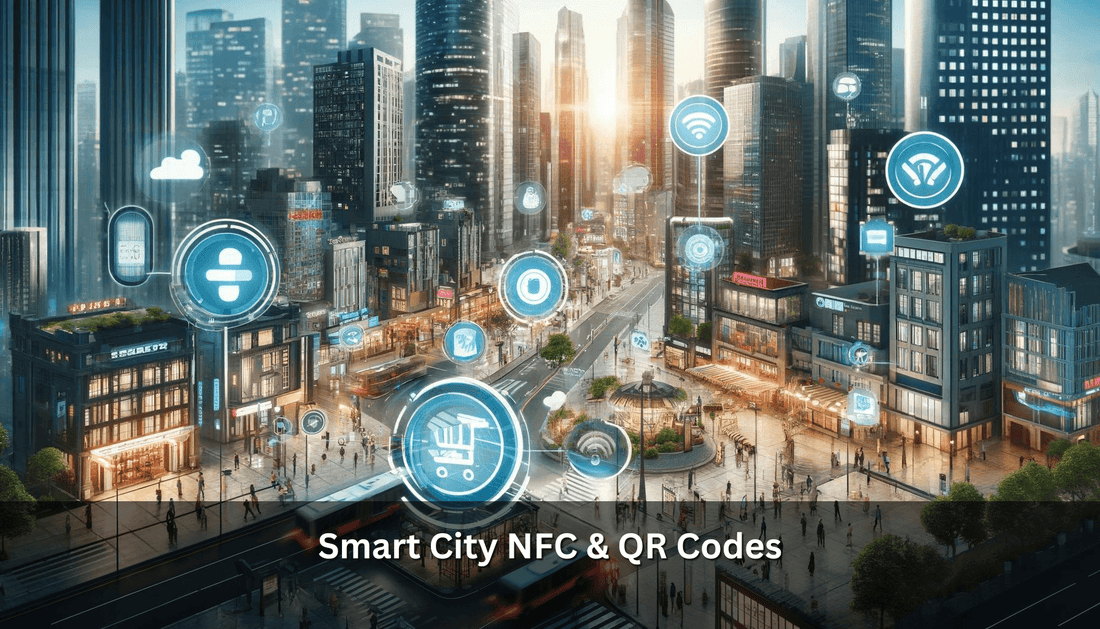
Introduction to NFC and QR Codes in Urban Environments
Near Field Communication (NFC) and Quick Response (QR) codes are pivotal in transforming urban areas into smart cities. NFC, a short-range wireless technology, allows for seamless interactions between devices with a simple tap, powering services like contactless payments and secure access control. QR codes, readable by any camera-equipped smartphone, provide a quick way to link the physical and digital worlds, offering instant access to websites, ticketing systems, and city information. Together, these technologies streamline urban living, enhancing convenience, safety, and efficiency for residents and visitors in smart cities. These tools are integral to the digitization of city services, enabling cities to become more interactive and responsive to the needs of their populations.
Streamlining Public Transportation
NFC (Near Field Communication) and QR codes are revolutionizing public transportation systems, making travel more seamless and efficient. NFC allows passengers to access transport services via contactless interactions—just a tap of a smartphone or smart card against a reader enables entry or payment, minimizing queues and wait times at ticket counters. Similarly, QR codes are employed to enhance passenger convenience; they can be scanned to fetch real-time transit data such as bus and train schedules or delays, directly to the user's phone.
A practical application of this technology can be seen in Tartu Smart City, where NFC and QR codes are integrated into the public transit system. Each bus stop is equipped with smart stickers that contain pre-programmed NFC chips and QR codes. Passengers can tap or scan these stickers to receive up-to-date information about bus arrivals and schedules, significantly improving the user experience. This integration not only boosts efficiency but also enhances the accessibility of transport data, making it easier for everyone, including tourists, to navigate the city’s public transport network (Bable SmartCities).
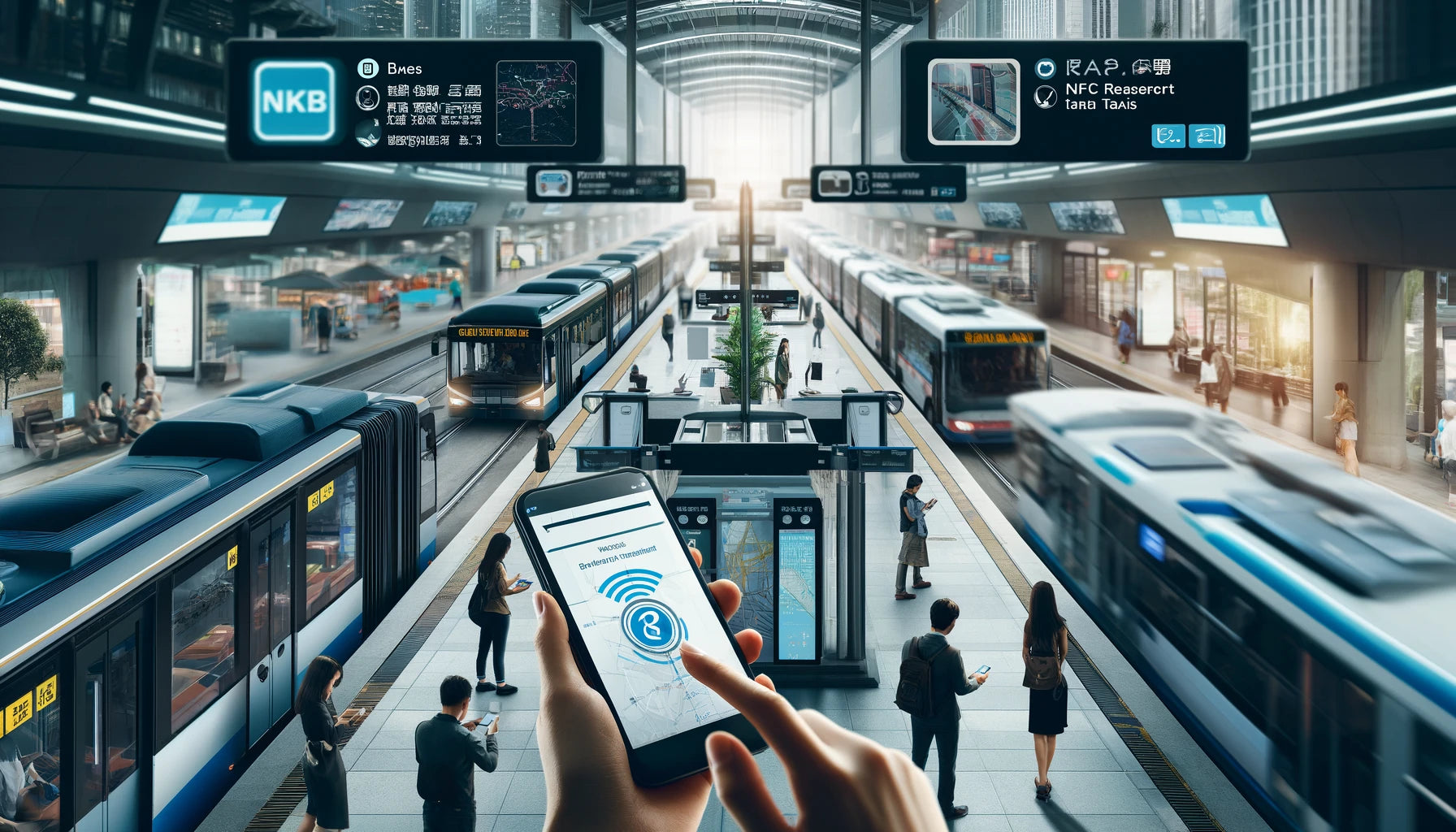
Enhancing Urban Infrastructure
NFC technology is increasingly utilized to enhance urban infrastructure, particularly in the fields of energy and waste management. By embedding NFC tags in various elements of city infrastructure, such as public bins and electric meters, cities can streamline the collection of data. For instance, waste management systems equipped with NFC allow sanitation workers to track pickup frequencies and monitor fill levels, enabling more efficient route planning and pick-up schedules. Similarly, NFC tags in energy systems can facilitate easy monitoring and maintenance, helping to manage energy consumption more effectively.
Concurrently, QR codes are being deployed to engage the public and enrich city services. These codes can be placed around the city to provide information about local attractions, events, and transportation options. They also serve as portals for residents to report issues directly to city management, fostering a participatory approach to urban governance. This integration of QR codes not only simplifies access to municipal services but also promotes greater citizen involvement, ensuring that city environments are more responsive to the needs of their communities. Such technologies not only optimize operational efficiencies but also enhance the quality of urban life, creating smarter, more connected cities.
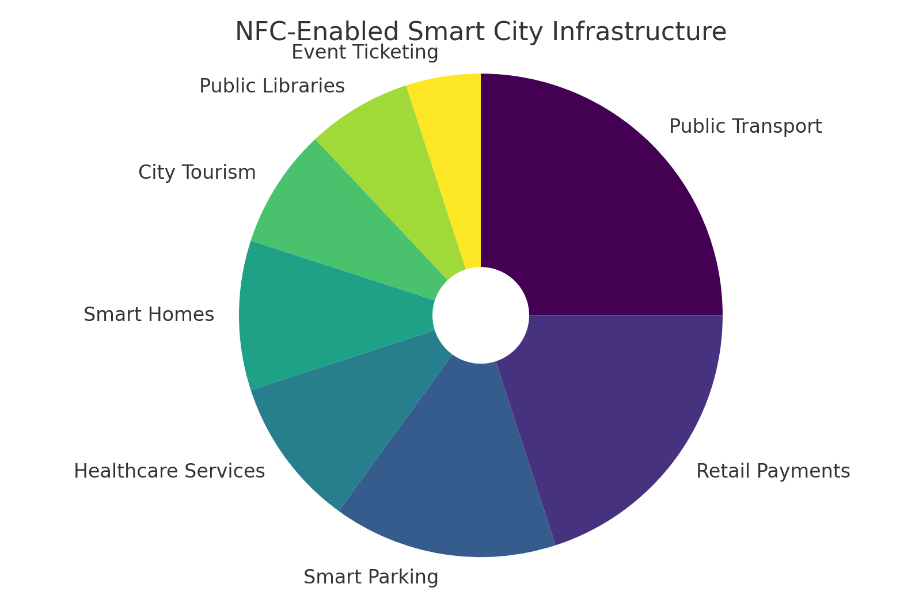
Security and Accessibility
NFC technology plays a crucial role in enhancing security and accessibility within smart cities. By facilitating secure, contactless interactions, NFC enables streamlined access to buildings and services. For instance, residents can use NFC-enabled devices or cards to enter secured premises or access public services, reducing the need for physical keys or contact with surfaces, which is especially beneficial in post-pandemic urban settings.
Similarly, QR codes are invaluable for providing immediate access to emergency information and services. They can be strategically placed in public areas to link directly to emergency contacts, safety information, or first aid guides. This instant access to critical information can significantly enhance public safety, especially in high-traffic or high-risk areas. Together, NFC and QR codes ensure that urban environments are not only more secure but also more accessible to all citizens, promoting inclusivity and safety.
Case Studies of NFC and QR in Action
Innovative applications of NFC and QR technologies have significantly improved urban environments worldwide. For instance, Seoul implemented QR codes during the COVID-19 pandemic for contact tracing in public venues. Visitors scanned codes that logged their entry, aiding health monitoring and safety. Additionally, NFC technology has been incorporated into POC helmets, embedding NFC medical ID chips that allow emergency responders quick access to a rider’s medical information in the event of an accident.
Another notable application is in Tartu City, Estonia, where NFC and QR codes enhance public transportation. Stickers at bus stops equipped with these technologies provide real-time data about bus schedules and delays, leveraging GPS data from moving buses to improve commuter experiences.
These examples highlight how NFC and QR codes can enhance public health, safety, and transportation efficiency, demonstrating their potential to make cities smarter and more responsive to resident needs. For more insights into top uses of NFC and QR codes, visit Blue Bite's article.
Future Trends and Innovations
The potential of NFC and QR technologies in urban settings continues to evolve, promising several exciting future trends. One emerging trend is the integration of NFC in vehicle-to-infrastructure communication, where NFC could enable cars to communicate with road signs and traffic signals to improve traffic management and safety. Another innovation on the horizon involves augmented reality (AR) overlays activated by QR codes, offering interactive and immersive experiences for city tours and educational trails.
Furthermore, advances in NFC and QR technologies could lead to more personalized urban experiences. For example, NFC could tailor environmental controls in public spaces to individual preferences, detected through personal devices. Additionally, QR codes are being explored for more dynamic uses in advertising and marketing within cityscapes, where scanning a QR code could change based on the time of day or current events, offering context-sensitive information to users.
These advancements indicate a move towards more integrated, interactive, and personalized urban environments, leveraging NFC and QR technologies to not only enhance city services but also to create engaging and responsive urban landscapes.
We at NFC Tagify provide all sort of NFC Solutions or you may contact us: Tel. 01600800080, Email: info@nfctagify.com



